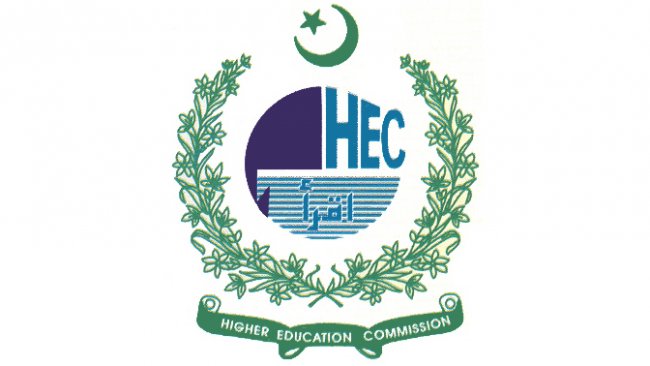The 2015-16 Social Accounting Matrix for Khyber Pakhtunkhwa, Pakistan: Key Aspects and Impact of Selected Sectors Using Fixed Price Multiplier Analysis
Abstract
This novel study provides an estimate of provincial accounts and policies on the basis of statistical facts of FY 2015-16 through the construction of Social accounting matrix (SAM) at provincial level, while adopting the bottom up approach. The first of its kinds, this KP-SAM maps 64 production activities, 8 household groups and 12 factors of production. It shows service sector contributes 58%, industrial 25% and agriculture 17% to the Provincial GDP (PGDP).Moreover, it indicates livestock contributes 49% and is the driver of agriculture sector, while construction (16%) emerges as the largest valued add sector of the provincial economy. Likewise, manufactured goods are the largest category of imports (84%) while crude oil is the largest exporting commodity of the province. Non-resident sources (43.6%) are the largest source of household income while trade to GDP ratio displays that KP is an open economy. Simulations via fixed price Multiplier indicates that a shock of one billion to livestock raises (PGDP) by 1.3 billion, expands the output by 1.80 billion and demand by 2.29 billion. The construction simulation raises household income by 0.54 billion showing that it is rural income sensitive. The health shock adds 1.59 billion to output and a 2.11 billion to the provincial demand. The output-demand gap (imports) widens with shocks confirming the import dependent nature of the province. The study recommends to the government that increased investment in all the three drivers will unlock sustained economic growth. The findings of the study can be used by the policymakers and implementers to reshape the province socio-economic development landscape.






